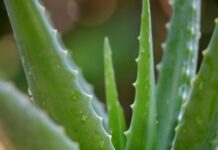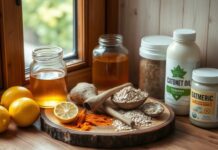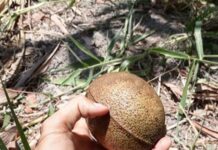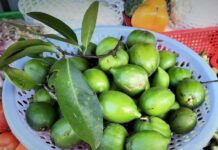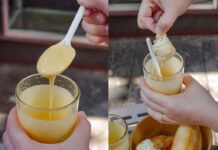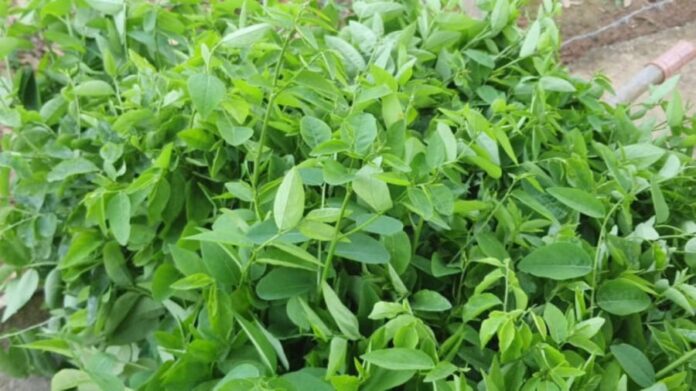The following common soup vegetables, such as water spinach, knotweed, and chrysanthemum, are medicinal herbs used in many traditional Vietnamese medicine recipes:
1. Knotweed (Ipomoea aquatica)
Knotweed, also known as bồ ngót, bù ngót, and hắc diện thần, belongs to the Euphorbiaceae family. It grows wild and is cultivated throughout Vietnam for its leaves, which are used in soups. If using it as a medicine, it is recommended to choose plants that are at least two years old.
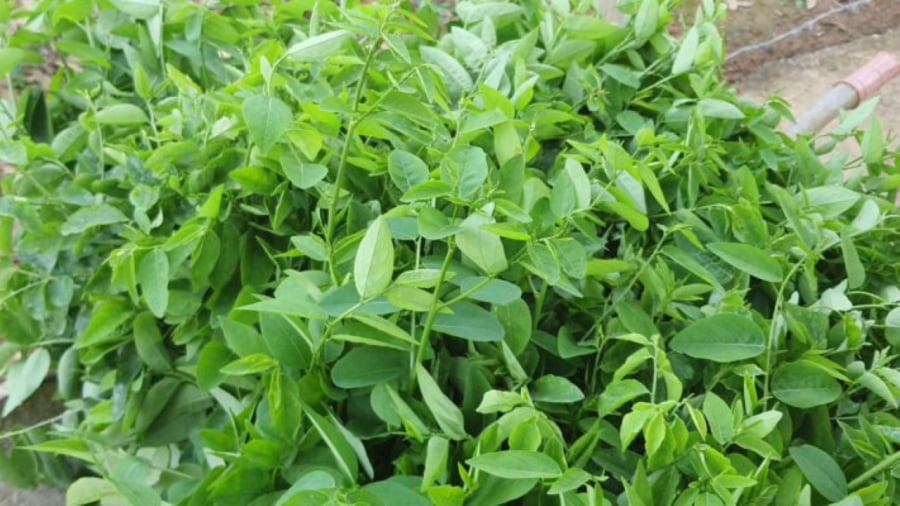
Knotweed
Per 100g, knotweed contains 169mg of calcium, 2.7mg of iron, 123mg of magnesium, 2.4g of manganese, 65mg of phosphorus, and 25mg of sodium, along with essential amino acids.
In traditional Vietnamese medicine, knotweed is believed to have a cooling property. It is used to clear heat and detoxify the body, promote urination, increase saliva production, nourish and stop bleeding, lubricate the intestines, and exhibit antibacterial and anti-inflammatory effects. It is also said to aid in muscle growth and treat retained placenta and oral thrush.
2. Water Spinach (Ipomoea aquatica subsp. Reptans)
Water spinach, also known as morning glory, is a subspecies of knotweed. It is a creeping plant that grows in water or on land, with hollow stems. It is commonly cultivated throughout Vietnam and used in daily meals, either raw, boiled, or stir-fried.
Water spinach is composed of 92% water and has a high mineral content, including vitamins C, B1, PP, and B2. In addition to its culinary uses, it is believed to counteract the effects of ingested medicines and detoxify the body. Some people also report its laxative effects.
Research in the Philippines has indicated the presence of insulin-like substances in the tips of water spinach, which could be beneficial for people with diabetes. Water spinach is also used in traditional medicine to treat zona, fever, and shortness of breath.
3. Jute (Corchorus olitorius)
Jute, also known as rau nhớt, is cultivated in many places for its tender leaves, which are cooked in soups for their cooling and laxative properties. It is also an industrial crop, providing fibers for textiles. The leaves contain mucilage, which is believed to increase lactation, treat coughs, and act as a nutritional supplement.
Research in India has revealed that the oil extracted from jute seeds resembles sunflower seed oil. This extract is thought to possess cardiac therapeutic properties.
4. Basella (Basella alba)
Basella, also known as lạc quỳ, belongs to the Basellaceae family. It is a climbing vine native to tropical regions of Asia and Africa. In Vietnam, it grows wild or is cultivated on fences for its edible leaves, which are harvested during summer and autumn.
Basella is a good source of vitamins A and B3, as well as iron and mucilage. According to ancient texts, it has a cooling property, promotes urination, and treats constipation in children and difficult labor in women. In some parts of China, it is used as a detoxifying agent.
5. Amaranth (Amaranthus spp.)
Amaranth comes in various colors and types, such as grain amaranth, spiny amaranth, and red amaranth, belonging to the Amaranthaceae family. It is commonly found in many provinces, where its leaves are used for soup, and its leaves and bark are used medicinally.
Locals use the bark to treat irregular menstruation and anemia, while the leaves are brewed to alleviate rheumatic pain. The bark is also powdered or made into wine to treat malaria and used as a nutritional supplement.

